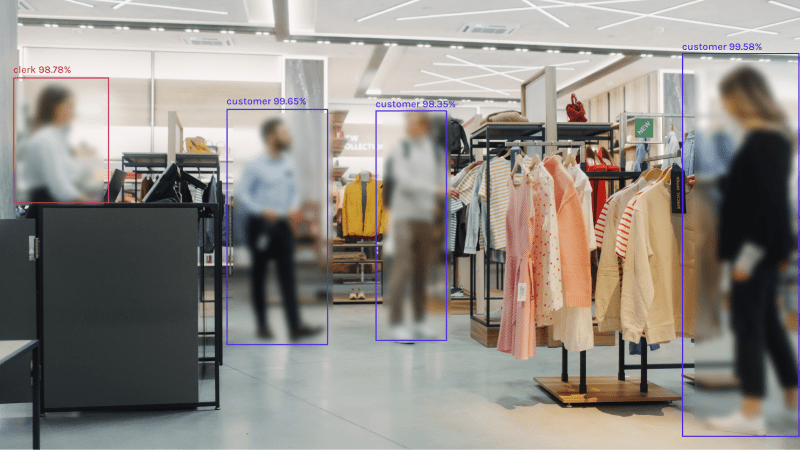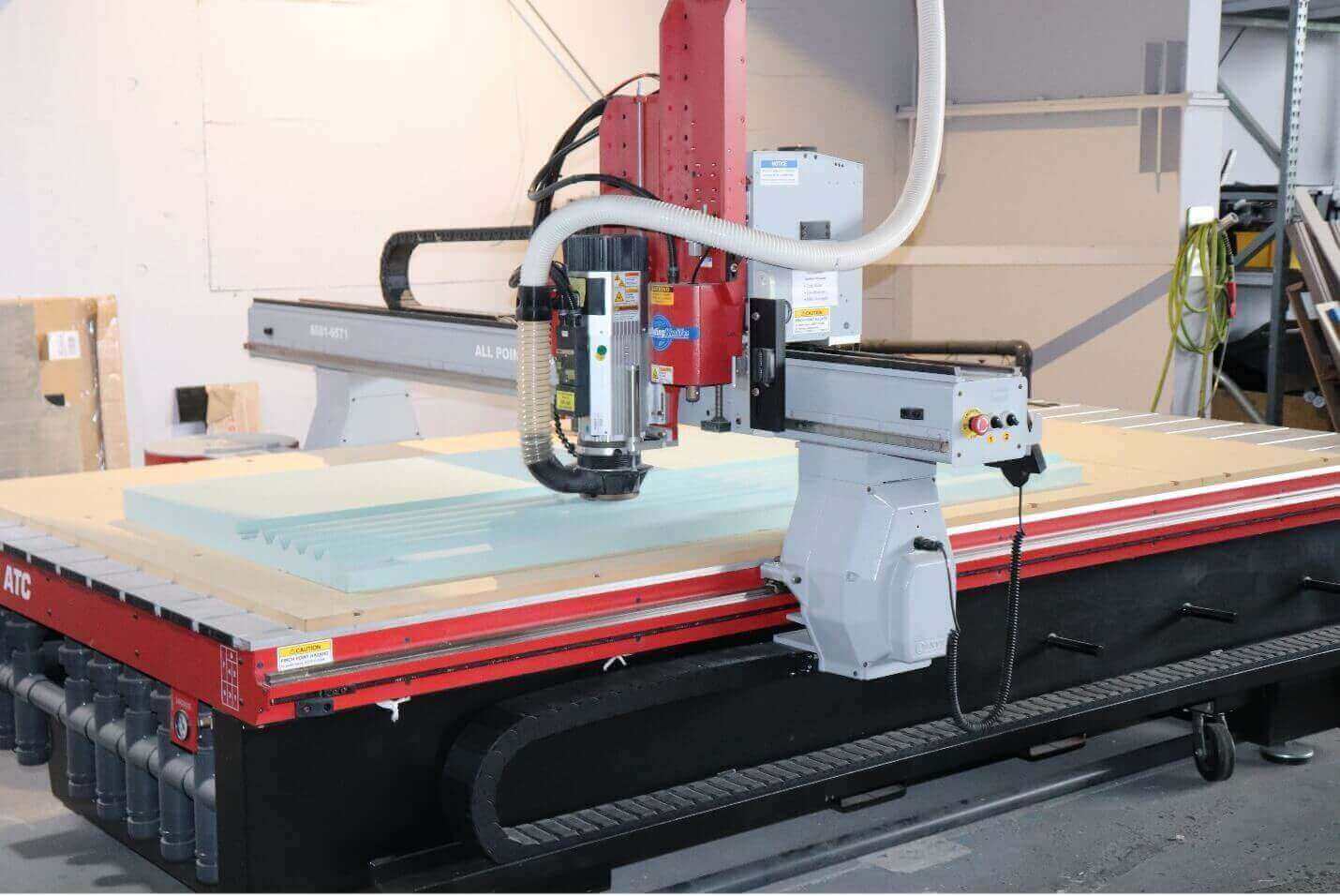Is Your Infrastructure Stuck in the Past? 8 Signs You Need Infrastructure Modernization
Maintaining antiquated infrastructure can be a surefire way to become stagnant in the environment of today, where agility and efficiency are paramount.
It’s not only about keeping up with the trends when it comes to infrastructure modernization—the strategic process of updating and enhancing your digital and physical foundation. But also, make sure that your business survives in a dynamic market.
However, how can you tell when it’s time to start modernizing your infrastructure?
The following eight signs suggest your infrastructure is outdated and in dire need of updating:
Signs Suggest Your Infrastructure is Outday and Needs to Modernize
1. A Profusion of Security Vulnerabilities
The landscape of cybersecurity threats is ever-changing, and obsolete infrastructure gives bad actors free rein to operate. Strong security elements that are required to fight off contemporary threats are frequently absent from legacy systems.
Your security posture has huge gaps due to unpatched vulnerabilities, shoddy encryption methods, and out-of-date operating systems, which put your sensitive data and business operations in danger.
Modernization Remedy: Infrastructure modernization helps ease these concerns by implementing robust security measures like intrusion detection systems, firewalls, and data encryption.
Furthermore, moving to cloud-based platforms frequently results in integrated security measures, which lessens your workload in terms of patching and updating software.
2. Regular System Failures and Poor Performance
Imagine a freeway congested with antiquated, sluggish cars. When your infrastructure is unable to keep up with your operational demands, that is what occurs. Outdated hardware, crowded networks, and inefficient software can all lead to performance bottlenecks.
These issues might manifest as sluggish programs, delayed processing times, and unpleasant user experiences. These bottlenecks have a detrimental effect on client satisfaction, in addition to impeding employee productivity.
Modernization Remedy Modernizing infrastructure can include deploying cloud-based solutions that expand easily, improving network bandwidth, and updating hardware to accommodate growing workloads.
3. Unwillingness to Adopt New Technologies
The technological landscape is constantly evolving, bringing with it new tools and capabilities that could change the way your business operates. However, implementing these innovations can be hampered by antiquated infrastructure.
Emerging technologies like artificial intelligence (AI), machine learning (ML), and the Internet of Things (IoT) are difficult for legacy systems to easily interact with because of their lack of compatibility or processing capability.
Modernization Remedy: You can benefit from these new technologies by updating your infrastructure. Because they are designed for integration and scalability, cloud-based systems are a perfect framework for realizing the full potential of the newest developments.
4. Divided Systems and Siloed Data
Information is power in the data-driven world of today. But your data becomes a burden if it is locked away in isolated silos across several platforms. This fragmentation makes it difficult to generate insightful information, which hinders the ability to make well-informed decisions.
Furthermore, working with and integrating third-party systems becomes a laborious effort, which reduces operational effectiveness even further.
Modernization Remedy: Implementing data integration platforms that dismantle data silos and produce a single view of your information assets can be a part of infrastructure upgrading.
Since cloud-based solutions frequently enable smooth integration across different apps and services, they might also be quite important in this situation.
5. Increasing Upkeep Expenses
The cost of maintaining your infrastructure goes up as it gets older. Specialist knowledge of legacy systems is needed, and it can be expensive and difficult to find. Further delays and disruptions may result from the difficulty of obtaining replacement parts for out-of-date gear.
Modernization Approach: Modernizing the infrastructure can drastically save maintenance expenses. In general, modern gear requires less regular maintenance and is more reliable. Furthermore, cloud-based systems frequently include integrated maintenance and support, freeing up your IT staff for more important tasks.
6. Restricted Flexibility and Scalability
Is it difficult for your infrastructure to change to meet evolving business needs? It could be because you’re expanding or starting new projects that call for more funding. If expanding your infrastructure seems like a steep learning curve, updating is required.
Modernization Remedy: Modernizing infrastructure, especially by moving to cloud-based services, provides unmatched flexibility and scalability. Cloud systems make it simple to deploy resources as needed, giving you the agility to quickly adjust to shifting business requirements.
7. Recruiting and Retaining Elite Talent Is Hard
IT specialists with the necessary skills are in great demand in today’s cutthroat tech market. Even the most skilled workers may find it unpleasant and demoralizing to work with antiquated technology. Having state-of-the-art tools and technologies available to your team thanks to modern infrastructure can be a big selling point for luring and keeping top people.
8. Recruiting and Keeping Talent Is a Challenge
Modern offices with cutting-edge technology attract today’s skilled labor. Being forced to use antiquated, cumbersome methods can be discouraging and reduce output.
A company’s technological infrastructure can also be a critical differentiator when it comes to luring and keeping top talent in today’s cutthroat talent market.
Modernization Fix: A dynamic work environment and a dedication to innovation are demonstrated by investing in infrastructure upgrades. Employers can empower their staff and attract more candidates to their company by utilizing modern technology.
Developing a Road Map for Modernization
The first step is identifying the telltale indicators of ageing infrastructure. Creating a thorough roadmap for infrastructure transformation is now a critical task. Here are some crucial things to remember:
- Determine Your Needs: Make a detailed evaluation of your existing infrastructure. Prioritize your modernization objectives, evaluate your problems, and pinpoint areas that need change.
- Adopt a Cloud-First Approach: Cloud computing offers unparalleled flexibility, scalability, and cost-effectiveness. For a major infrastructure overhaul, think about moving data storage and critical applications to the cloud.
- Put Money Into Cybersecurity: During your modernization process, give strong security measures top priority. Adopt multi-factor authentication, encrypt data, and keep an eye out for software updates.
The Bottom Line
Businesses that continue to use antiquated infrastructure run the danger of falling behind as the digital landscape changes continually. Through the identification of warning indicators and proactive modernization actions, you can open the door to a future of increased efficiency, enhanced security, increased flexibility, and reduced expenses.
Embrace modernization to enable your firm to prosper in the digital age and stop letting your infrastructure hold you back.





